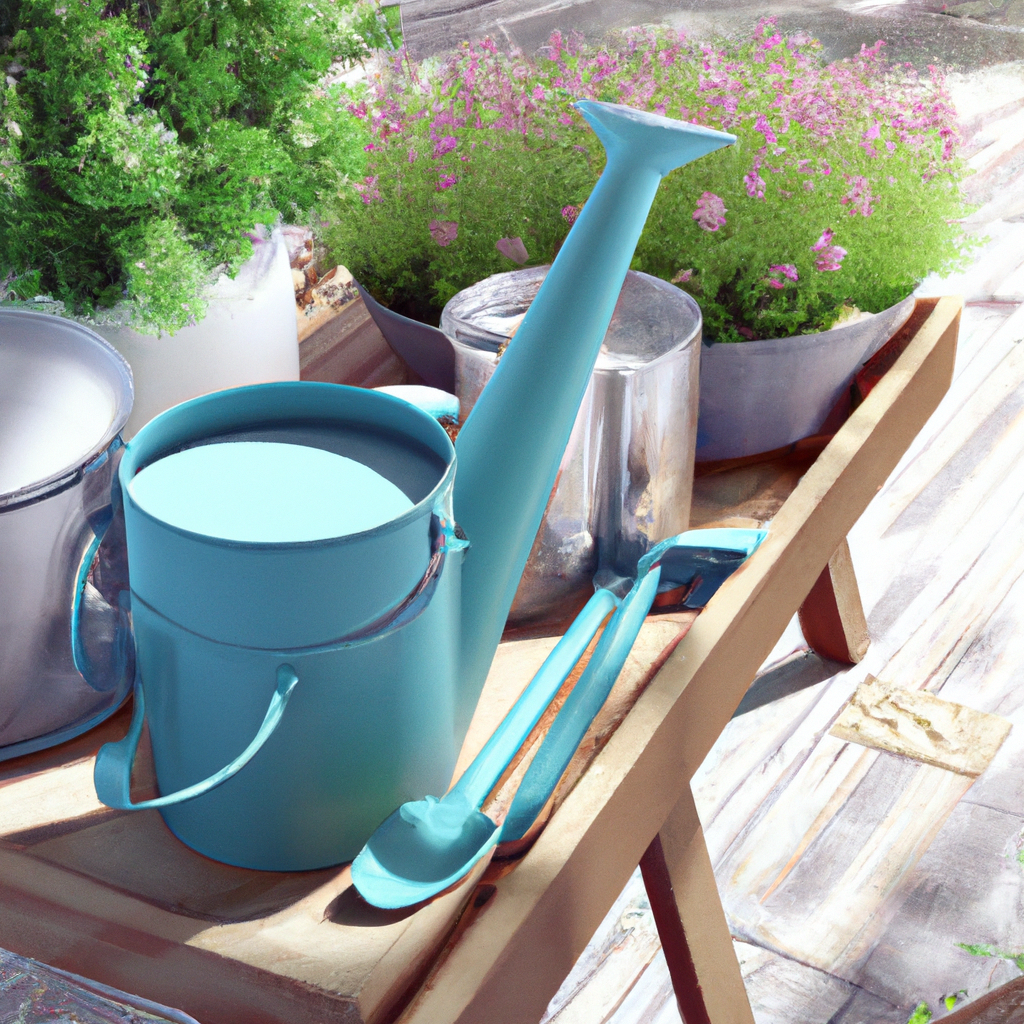
Imagine stepping out into your lush green yard on a sunny morning, embracing the beauty of nature right at your doorstep. Your yard is not just a piece of land; it’s your sanctuary, a place where you unwind, recharge, and connect with the earth. However, in today’s world where environmental concerns are at the forefront, it’s crucial to make sustainable choices in every aspect of our lives, including how we care for our outdoor spaces. That’s why we are here to share some simple and effective water-saving tips for yards that will not only help you reduce your water usage but also create a vibrant and eco-friendly outdoor haven.
The first step in creating a water-efficient yard is choosing the right plants. Opt for native and drought-tolerant species that are well-suited to your local climate. These plants are naturally adapted to thrive with minimal water, making them a smart choice for sustainable landscaping. Plus, they require less maintenance, which means less water and time spent on upkeep. Be sure to group plants with similar water requirements together to make watering more efficient and prevent water waste.
Mulching is another key strategy for conserving water in your yard. A layer of organic mulch, such as wood chips, straw, or compost, helps retain moisture in the soil, reducing the need for frequent watering. Mulch also suppresses weed growth, insulates plant roots from extreme temperatures, and adds nutrients to the soil as it breaks down. Applying a thick layer of mulch around your plants not only conserves water but also promotes a healthy and thriving garden.
When it comes to watering your yard, timing is everything. Watering early in the morning or late in the evening when temperatures are cooler helps minimize water loss due to evaporation. Avoid watering during the heat of the day, as this can result in water evaporating before it reaches your plants’ roots. Consider investing in a timer or smart irrigation system to automate your watering schedule and ensure that your yard receives the right amount of water at the optimal time.
Rainwater harvesting is a fantastic way to make the most of nature’s gift. Installing a rain barrel or a larger cistern to collect rainwater from your roof not only reduces your reliance on municipal water but also provides a free and abundant water source for your yard. Use this collected rainwater to irrigate your plants, wash your outdoor furniture, or fill up a bird bath. It’s a simple yet effective way to conserve water and reduce your environmental impact.
Incorporating permeable surfaces in your yard design is another water-saving strategy that also helps prevent runoff and flooding. Instead of paved or concrete surfaces, consider using gravel, permeable pavers, or porous asphalt to allow rainwater to penetrate the ground and replenish groundwater supplies. This not only reduces the need for irrigation but also helps mitigate stormwater runoff and erosion, benefiting both your yard and the environment.
Finally, regular maintenance and monitoring of your yard’s water usage are essential for sustainable water management. Check for leaks in your irrigation system, adjust sprinklers to avoid watering sidewalks and driveways, and be mindful of overwatering. By staying attentive to your yard’s water needs and making small adjustments along the way, you can create a water-efficient and thriving outdoor space that reflects your commitment to sustainability.
In conclusion, sustainable water-saving practices for yards not only help conserve this precious resource but also contribute to a healthier and more resilient environment. By implementing these tips in your yard care routine, you can enjoy a beautiful and sustainable outdoor space that benefits both you and the planet. Let’s continue to nurture our yards with care and mindfulness, creating a harmonious balance between beauty and sustainability.
